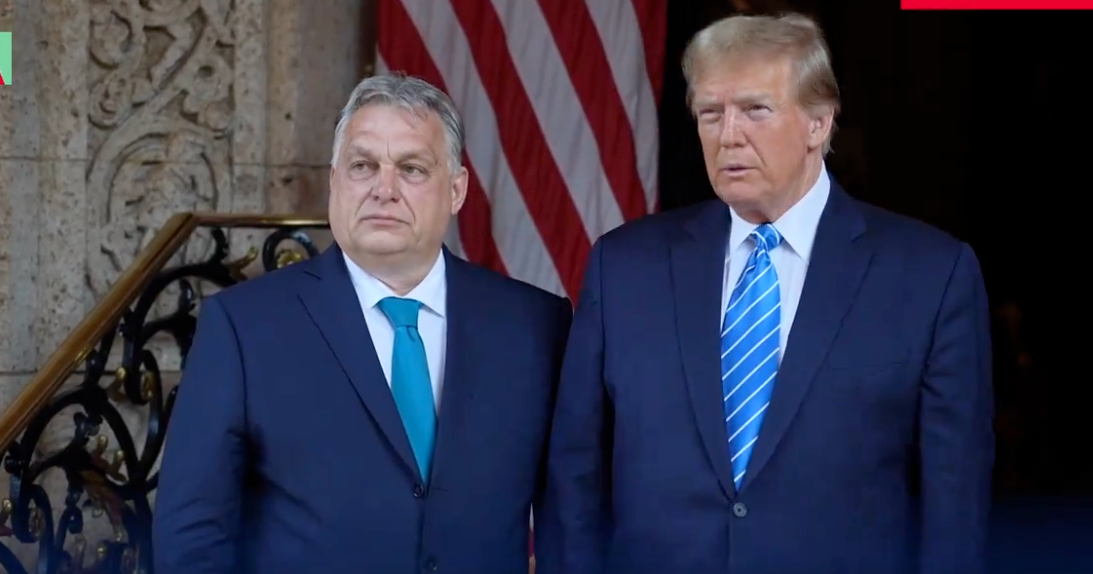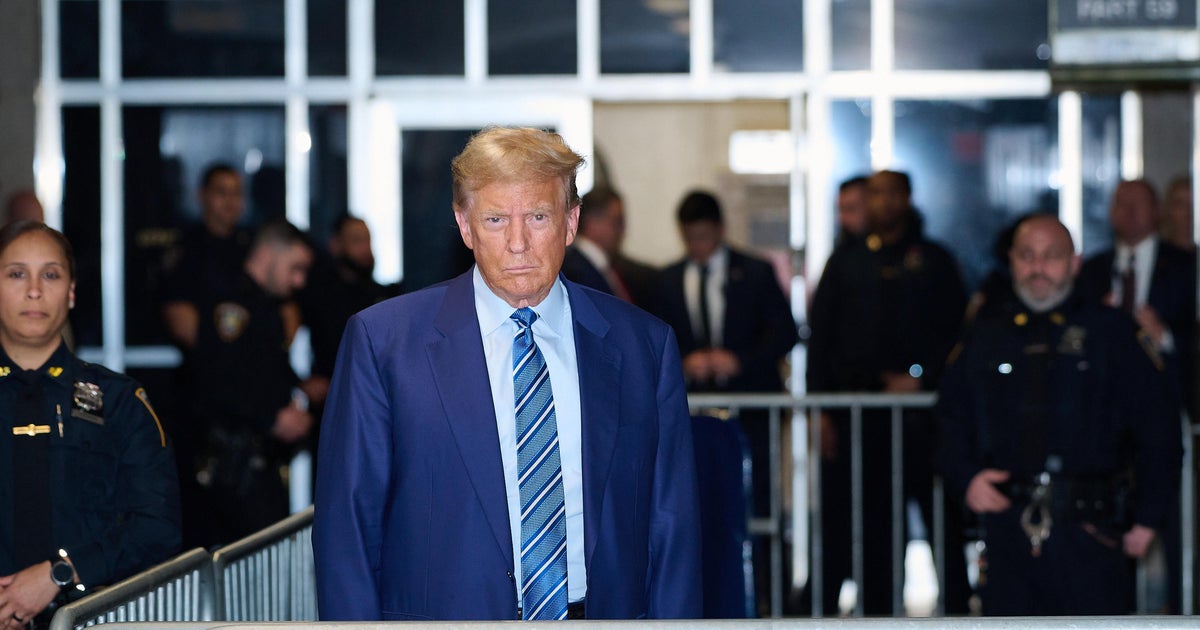Why Tom Steyer couldn't buy his way onto the debate stage
Tom Steyer's campaign was confident he would make it into the September debate. With the help of a nearly $5 million online advertising blitz, the billionaire presidential candidate had scooped up the necessary 130,000 unique donors in just over a month, meeting the Democratic National Committee's donor threshold to qualify.
But he also had to meet the polling requirement. As the party's deadline approached, Steyer had notched the necessary 2% in three qualifying polls, meaning he needed just one more to make it into the debate. The campaign hoped for another in an early primary state, where Steyer had spent more than $8 million on TV ads in six weeks, according to Advertising Analytics — more than any candidate, including President Donald Trump.
That poll never materialized.
The campaign vented that there hadn't been a qualifying poll in Nevada, where Steyer spent $1.7 million and finished fifth in one survey that wasn't approved by the DNC. But several political strategists offered another possible reason Steyer's strategy came up short: No amount of paid media can match the influence of actual coverage, referred to in media parlance as "earned media."
"Advertising you pay for can increase your name recognition, but unless people are hearing about you from third parties like earned media that are reinforcing a real narrative, then it's not really going to go anywhere," said Robby Mook, campaign manager for Hillary Clinton's 2016 presidential run.
It can't be said that Steyer's failure to make the debate is just because of a lack of earned media. He also lacks the breakout charisma little-known candidates usually need to be successful, and his resumé — Exeter, Yale, Wall Street, hedge funds — would be an awkward fit for a party that's become more populist and progressive in recent years.
"There's nothing he's offered in an ad that has given people reason to abandon another candidate and support him," said one veteran Democratic strategist. "I don't know there's one he could have come up with. I don't think that it's just that they're missing the message."
But Steyer is still indicative of how the proliferation of political news outlets and the exponential growth of earned media opportunities have diluted the influence of paid media like television ads on primary voters.
"Never before in the history of mankind has there been so much earned media, especially as it relates to politics," said Terry Sullivan, the campaign manager for Marco Rubio's 2016 presidential run. "It used to be there was that ad and maybe for every 10 ads, there was one TV story on that candidate. Now, there's 10 TV stories for every one ad."
Sullivan said it was clear that paid media was losing its power when Barack Obama first won the presidency. In the 2016 election, Mr. Trump enjoyed about $5 billion worth of free media coverage during the election, according to analytics firm mediaQuant.
With nearly wall-to-wall media coverage that began with his trip down the escalator at Trump Tower to announce his presidential campaign, Mr. Trump rose in the polls. Despite outspending Mr. Trump on paid ads by more than $48 million, according to Advertising Analytics, the Rubio campaign was never able to catch up.
"Earned media is like a snowball if you do it right," said Scott Tranter, the former director of data science for the Rubio campaign. "Whether it's good bad or indifferent, it's going to be what propels you in the polls."
Even when the coverage of then-candidate Trump was negative, his poll numbers continued to climb.
"Donald Trump had gotten more earned media in the state of Iowa than we could have bought had we used all the money Rubio raised the end of his campaign," said Tranter. "Even though it was all bad earned media, at the end of December 2015 he was the leader in Iowa. We didn't have enough money to buy paid media to counteract it."
According to some strategists, while paid ads are still potent in a general election and for candidates down-ballot, their ability to drive a message is handicapped in a presidential primary contest.
"In these primaries, the Democrats are communicating on issues where there's very little difference between the candidates," said Democratic strategist Jesse Ferguson.
"The biggest factor for primary voters is whom they see as the right antidote to Trump and proving you're that answer is something you have to show people. You can't tell them. It's not something where you're going to run a silver bullet ad that suddenly catapults you to the nomination."
Earned media, strategists say, also carries more weight with voters because it isn't coming from a campaign or political group.
"People are massively skeptical of political advertising, period, full stop," Mook said. "The credibility plummets the second they hear those words, 'I approve this message.' It poisons the well immediately."
Strategists point out that the goal of the primary candidates right now is to qualify for the debates, which is among the more valuable forms of earned media a campaign can secure. Sen. Kirsten Gillibrand, who has spent the most on advertising in the field other than Steyer, dropped out of the race after failing to qualify for the September debate.
Meanwhile, on Thursday Steyer was continuing his campaign in a push to qualify for the October debate, vying for headlines and news alerts with the release of his tax returns.
Asked if the Steyer campaign would be angling for more earned television appearances, press secretary Alberto Lammers laughed and said, "In order to get there, we'd have to get invited."
Adam Brewster contributed to this report.



